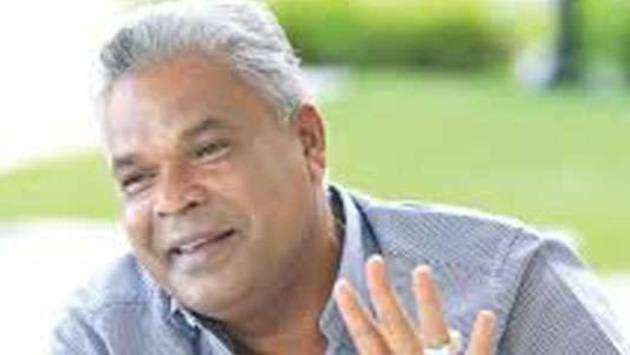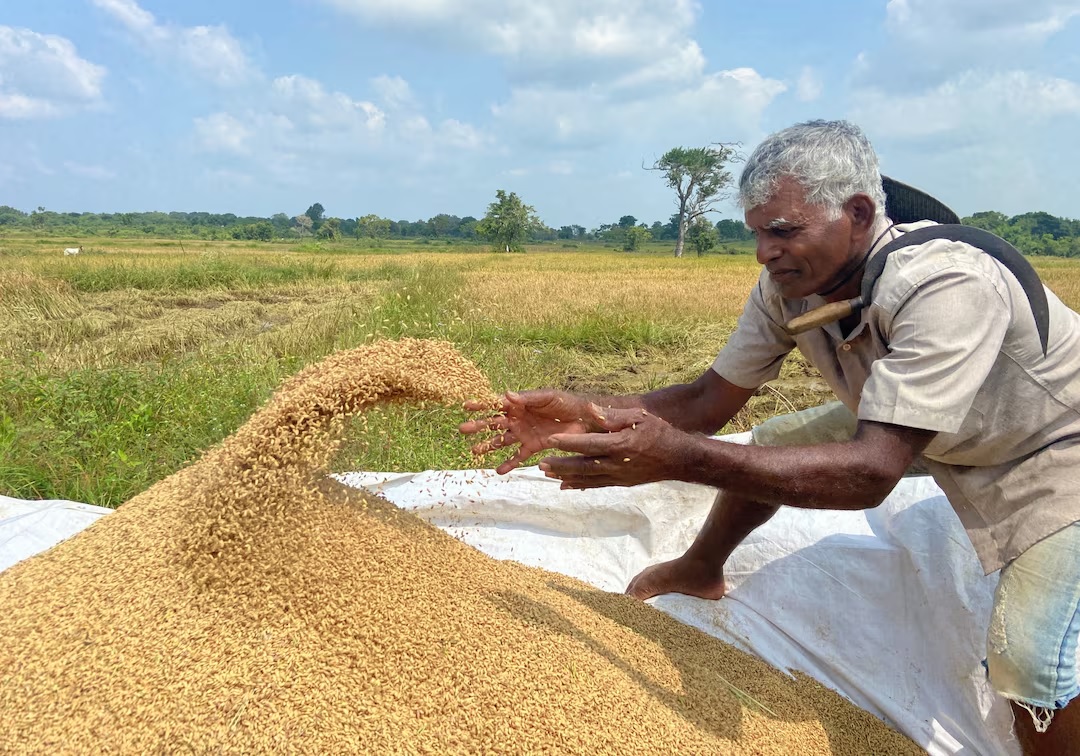Namal Karunarthna and Dudley Sirisena Trade Fiery Salvos Over Nation’s Rice Shortage Crisis”
In a heated debate that underscores the stakes in Sri Lanka’s rice sector, government officials and industry heavyweights are clashing over who should bear the blame for a shortage that has left farmers disillusioned and consumers tightening their belts.
At a bustling media briefing in Colombo, Deputy Minister of Agriculture Namal Karunaratne declared in no uncertain terms that “we will not allow anyone to play with the rice supply in the country.” With the shortage affecting daily meals in countless households, Karunaratne’s promise to announce a minimum guaranteed price for paddy within the next few days has been met with cautious optimism by some—but skepticism by many others who have long felt that policy decisions never truly address the challenges on the ground.
“Rice isn’t just a crop here—it’s the heartbeat of our economy and the staple on every table,” Karunaratne stressed. In his view, revising the current price controls is critical to ensuring that farmers receive a fair return for their labor while keeping the shelves stocked for consumers. Yet his remarks came on the heels of a provocative statement by Dudley Sirisena, a leading large-scale rice supplier, who at a ceremony in Bollegala, Kelaniya, fired back with a defiant “The shortage of rice is not my fault” and warned that the government-controlled paddy price was stifling the sector. Sirisena argued that the current pricing forces rice mill owners into a corner and called for an urgent review of the control price to reflect true market conditions.

In the background of these high-level exchanges, the voices of local farmers—many of whom have struggled under decades of rigid market policies—are growing louder. “We’ve been promised support time and again, but the system hasn’t changed,” lamented a veteran paddy farmer from a neighboring village. “The fixed price doesn’t cover our costs, and with production risks rising every season, we’re feeling more and more abandoned.” Such frustrations are compounded by a perception that while government officials and industry leaders trade barbs in public, everyday farmers are left facing unpredictable incomes and mounting debts.
Meanwhile, consumers are not immune to the fallout. In urban markets across the country, shoppers express mounting frustration over the sporadic availability and rising cost of rice—a staple food whose supply disruptions have forced many families to alter their dietary habits. “When you hear about shortages in the news and then see prices climbing at your local market, it’s hard not to worry,” said one consumer at a busy market stall in Colombo. “Rice isn’t a luxury—it’s our daily bread. We need real solutions, not just promises.”
Economic analysts point out that the debate reflects deeper structural issues within Sri Lanka’s rice industry. The tension between the need to support small-scale farmers and the pressure on large-scale suppliers to maintain profit margins under government-imposed controls has created a market dynamic where no one seems willing to shoulder the full responsibility. Industry experts warn that until the government overhauls its policies—ensuring transparency, revisiting price controls, and investing in modern agricultural techniques—the cycle of disappointment and frustration will likely continue.
For now, all eyes remain on the government’s next move. As Karunaratne prepares to unveil the new paddy price, stakeholders across the spectrum—from mill owners and paddy farmers to everyday consumers—hope that this announcement will signal the start of meaningful reforms. In a sector so integral to both national food security and the economic well-being of millions, finding a balanced solution is not just a policy priority—it’s an urgent necessity.







